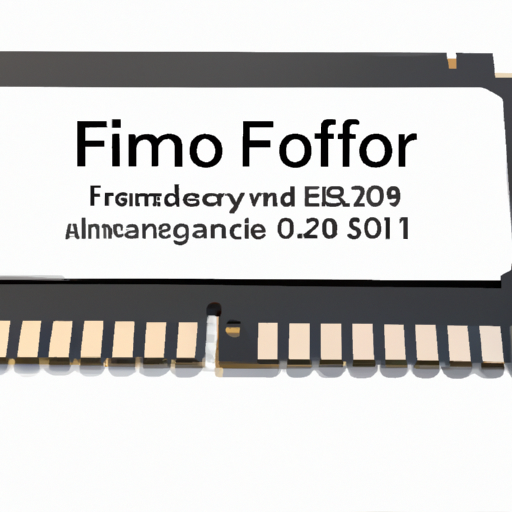Title: The Latest FIFO Memory Specification: A Breakthrough in Data Storage and Retrieval

1. Understanding FIFO Memory (200 words) FIFO memory, also known as a queue, is a data structure that follows the First-In-First-Out principle. It stores data in a sequential manner, where the first data item stored is the first to be retrieved. This memory type is widely used in various applications, including data buffering, real-time systems, and communication protocols.
2. The Need for Advancements in FIFO Memory (200 words) As technology advances, the demand for faster and more efficient data storage and retrieval systems increases. This necessitates continuous improvements in FIFO memory specifications to meet the growing requirements of modern applications. The latest FIFO memory specification addresses these needs by introducing several enhancements.
3. Features of the Latest FIFO Memory Specification (300 words) The latest FIFO memory specification incorporates several key features that enhance its performance and usability. These features include increased storage capacity, higher data transfer rates, improved power efficiency, and enhanced error correction capabilities. Additionally, the latest specification also focuses on reducing latency and optimizing the overall system performance.
4. Benefits of the Latest FIFO Memory Specification (300 words) The advancements in the latest FIFO memory specification offer numerous benefits to both end-users and system designers. These benefits include improved data integrity, reduced power consumption, increased system reliability, and enhanced compatibility with existing systems. Furthermore, the latest specification enables seamless integration with other memory technologies, such as RAM and flash memory, providing a versatile solution for various applications.
5. Applications of the Latest FIFO Memory Specification (250 words) The latest FIFO memory specification finds applications in a wide range of industries and sectors. It is particularly useful in real-time systems, where data must be processed and retrieved in a time-critical manner. Additionally, FIFO memory is extensively used in communication protocols, network switches, and routers to manage data traffic efficiently. Other applications include multimedia streaming, data logging, and industrial automation.
6. Future Trends and Developments (200 words) As technology continues to advance, the future of FIFO memory looks promising. Researchers and engineers are actively working on further improving the specification to meet the demands of emerging technologies, such as artificial intelligence, Internet of Things (IoT), and autonomous vehicles. The future developments in FIFO memory are expected to focus on higher storage capacities, faster data transfer rates, and improved reliability.
Conclusion (150 words) The latest FIFO memory specification represents a significant breakthrough in data storage and retrieval. With its enhanced features, benefits, and applications, it offers a reliable and efficient solution for various industries. As technology continues to evolve, the advancements in FIFO memory will play a crucial role in meeting the growing demands of modern applications, ensuring seamless data management and processing.









